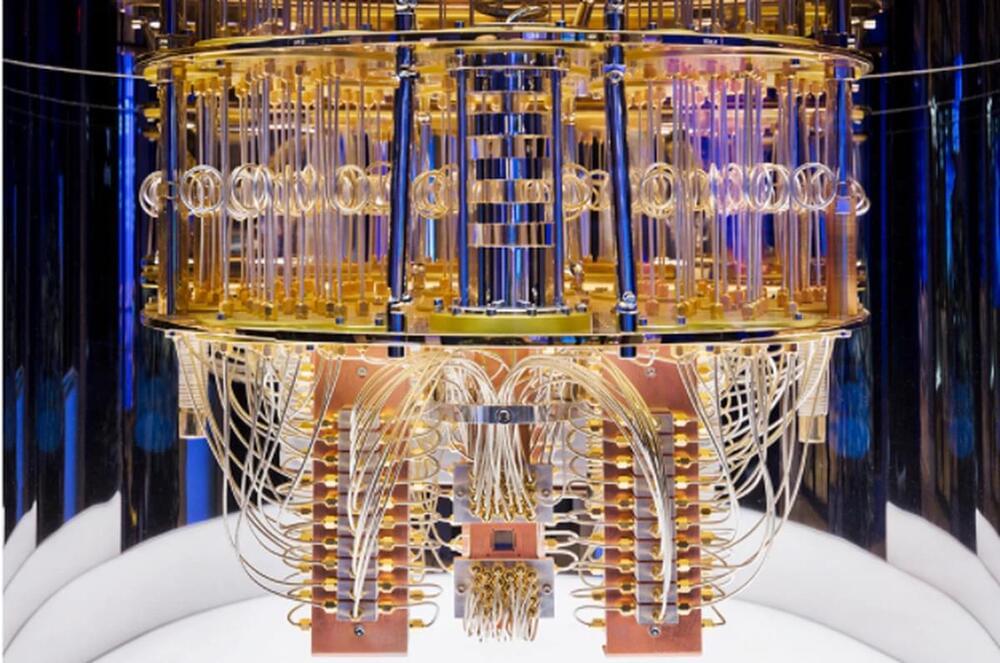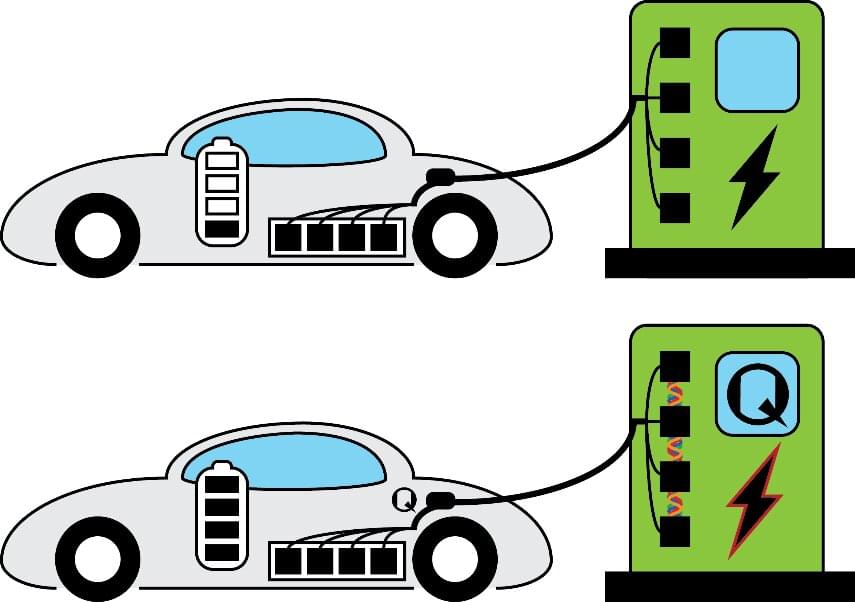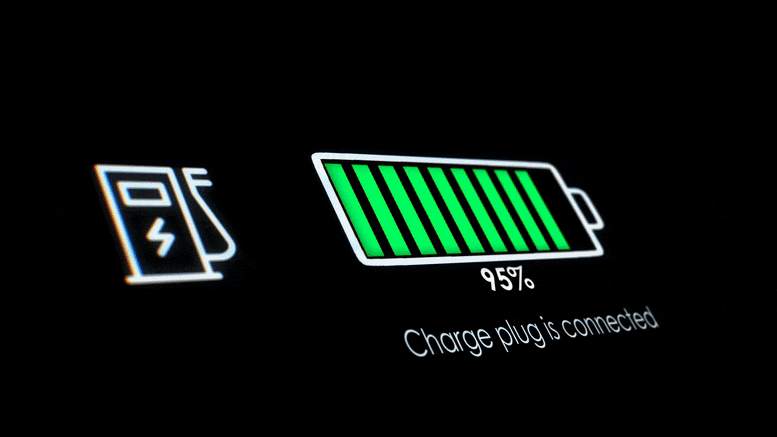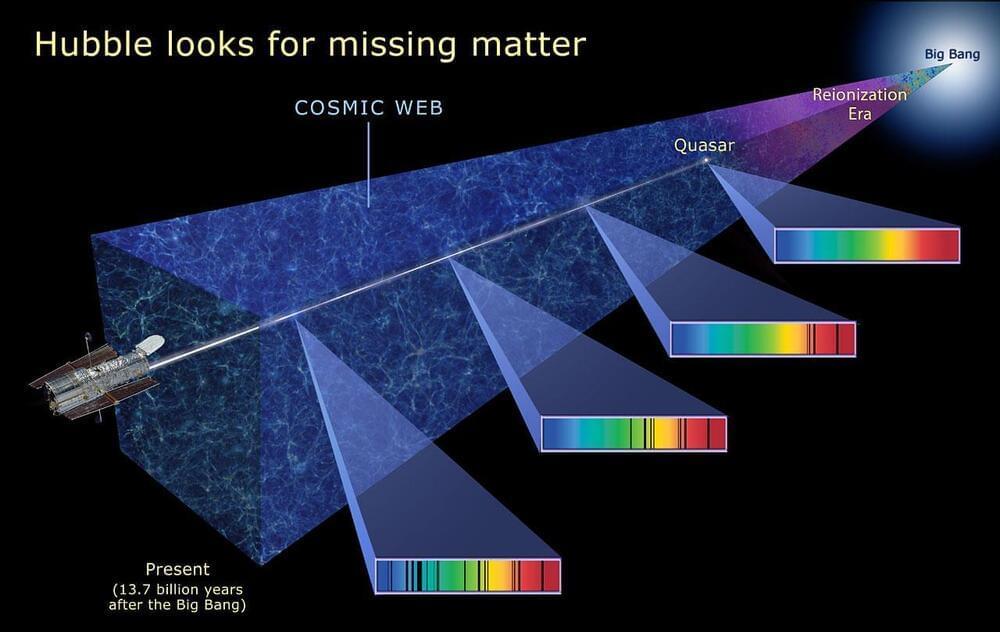Tech institutions are trying to find ways to guarantee security as new processing systems becoming increasingly sophisticated.



Every industry will be affected by quantum computing. They will alter the way business is done and the security systems in place which protect data, how we battle illnesses and create new materials, as well as how we tackle health and climate challenges.
As the race to build the first commercially functional quantum computer heats up, here we discuss a handful of the ways quantum computing will alter our world.

Atomic clocks are the best sensors mankind has ever built. Today, they can be found in national standards institutes or satellites of navigation systems. Scientists all over the world are working to further optimize the precision of these clocks. Now, a research group led by Peter Zoller, a theorist from Innsbruck, Austria, has developed a new concept that can be used to operate sensors with even greater precision irrespective of which technical platform is used to make the sensor. “We answer the question of how precise a sensor can be with existing control capabilities, and give a recipe for how this can be achieved,” explain Denis Vasilyev and Raphael Kaubrügger from Peter Zoller’s group at the Institute of Quantum Optics and Quantum Information at the Austrian Academy of Sciences in Innsbruck.
For this purpose, the physicists use a method from quantum information processing: Variational quantum algorithms describe a circuit of quantum gates that depends on free parameters. Through optimization routines, the sensor autonomously finds the best settings for an optimal result. “We applied this technique to a problem from metrology—the science of measurement,” Vasilyev and Kaubrügger explain. “This is exciting because historically advances in atomic physics were motivated by metrology, and in turn quantum information processing emerged from that. So, we’ve come full circle here,” Peter Zoller says. With the new approach, scientists can optimize quantum sensors to the point where they achieve the best possible precision technically permissible.
The double-slit experiment is one of the most famous experiments in physics and definitely one of the weirdest. It demonstrates that matter and energy (such as light) can exhibit both wave and particle characteristics — known as the particle-wave duality of matter — depending on the scenario, according to the scientific communication site Interesting Engineering.
According to the University of Sussex, American physicist Richard Feynman referred to this paradox as the central mystery of quantum mechanics.
If you think you understand quantum mechanics, you don’t understand quantum mechanics
Richard Feynman

Whether it’s photovoltaics or fusion, sooner or later, human civilization must turn to renewable energies. This is deemed inevitable, considering the ever-growing energy demands of humanity and the finite nature of fossil fuels. Much research has been pursued in order to develop alternative sources of energy, most of which use electricity as the main energy carrier. The extensive R&D in renewables has been accompanied by gradual societal changes as the world adopted new products and devices running on renewables. The most striking change has been the rapid adoption of electric vehicles. While they were rarely seen on the roads even 10 years ago, now, millions of electric cars are being sold annually. The electric car market is one of the most rapidly growing sectors.
Unlike traditional cars, which derive energy from the combustion of hydrocarbon fuels, electric vehicles rely on batteries as the storage medium for their energy. For a long time, batteries had far lower energy density than those offered by hydrocarbons, which resulted in very low ranges of early electric vehicles. However, gradual improvement in battery technologies eventually allowed the drive ranges of electric cars to be within acceptable levels in comparison to gasoline-burning cars. It is no understatement that the improvement in battery storage technology was one of the main technical bottlenecks that had to be solved in order to kickstart the current electric vehicle revolution.
However, despite the vast improvements in battery technology, today’s consumers of electric vehicles face another difficulty: slow battery charging speed. Currently, cars take about 10 hours to fully recharge at home. Even the fastest superchargers at the charging stations require up to 20 to 40 minutes to fully recharge the vehicles. This creates additional costs and inconvenience to the customers.

The researchers simulated the molecules H4, molecular nitrogen, and solid diamond. These involved as many as 120 orbitals, the patterns of electron density formed in atoms or molecules by one or more electrons. These are the largest chemistry simulations performed to date with the help of quantum computers.
A classical computer actually handles most of this fermionic quantum Monte Carlo simulation. The quantum computer steps in during the last, most computationally complex step—calculating the differences between the estimates of the ground state made by the quantum computer and the classical computer.
The prior record for chemical simulations with quantum computing employed 12 qubits and a kind of hybrid algorithm known as a variational quantum eigensolver (VQE). However, VQEs possess a number of limitations compared with this new hybrid approach. For example, when one wants a very precise answer from a VQE, even a small amount of noise in the quantum circuitry “can cause enough of an error in our estimate of the energy or other properties that’s too large,” says study coauthor William Huggins, a quantum physicist at Google Quantum AI in Mountain View, Calif.

Quantum charging will cut the charging time of electric vehicles from ten hours to three minutes.
Whether it’s photovoltaics or fusion, sooner or later, human civilization must turn to renewable energies. This is deemed inevitable considering the ever-growing energy demands of humanity and the finite nature of fossil fuels. As such, much research has been pursued in order to develop alternative sources of energy, most of which utilize electricity as the main energy carrier. The extensive R&D in renewables has been accompanied by gradual societal changes as the world adopted new products and devices running on renewables. The most striking change as of recently is the rapid adoption of electric vehicles. While they were hardly seen on the roads even 10 years ago, now millions of electric cars are being sold annually. The electric car market is one of the most rapidly growing sectors, and it helped propel Elon Musk to become the wealthiest man in the world.
Unlike traditional cars which derive energy from the combustion of hydrocarbon fuels, electric vehicles rely on batteries as the storage medium for their energy. For a long time, batteries had far lower energy density than those offered by hydrocarbons, which resulted in very low ranges of early electric vehicles. However, gradual improvement in battery technologies eventually allowed the drive ranges of electric cars to be within acceptable levels in comparison to gasoline-burning cars. It is no understatement that the improvement in battery storage technology was one of the main technical bottlenecks which had to be solved in order to kickstart the current electric vehicle revolution.

One important recent development in quantum sensing is known as quantum squeezing—a way to circumvent quantum limitations that even quantum sensors have faced in the past.
A technique from the newest generation of quantum sensors is helping scientists to use the limitations of the Heisenberg uncertainty principle to their advantage.

The problem is that transitions from one s-orbital to another are forbidden, quantum mechanically. There’s no way to emit one photon from an s-orbital and have your electron wind up in a lower energy s-orbital, so the transition we talked about earlier, where you emit a Lyman-series photon, can only occur from the 2 p state to the 1s state.
But there is a special, rare process that can occur: a two-photon transition from the 2s state (or the 3s, or 4s, or even the 3 d orbital) down to the ground (1s) state. It occurs only about 0.000001% as frequently as the Lyman-series transitions, but each occurrence nets us one new neutral hydrogen atom. This quantum mechanical quirk is the primary method of creating neutral hydrogen atoms in the Universe.
If it weren’t for this rare transition, from higher energy spherical orbitals to lower energy spherical orbitals, our Universe would look incredibly different in detail. We would have different numbers and magnitudes of acoustic peaks in the cosmic microwave background, and hence a different set of seed fluctuations for our Universe to build its large-scale structure out of. The ionization history of our Universe would be different; it would take longer for the first stars to form; and the light from the leftover glow of the Big Bang would only take us back to 790,000 years after the Big Bang, rather than the 380,000 years we get today.